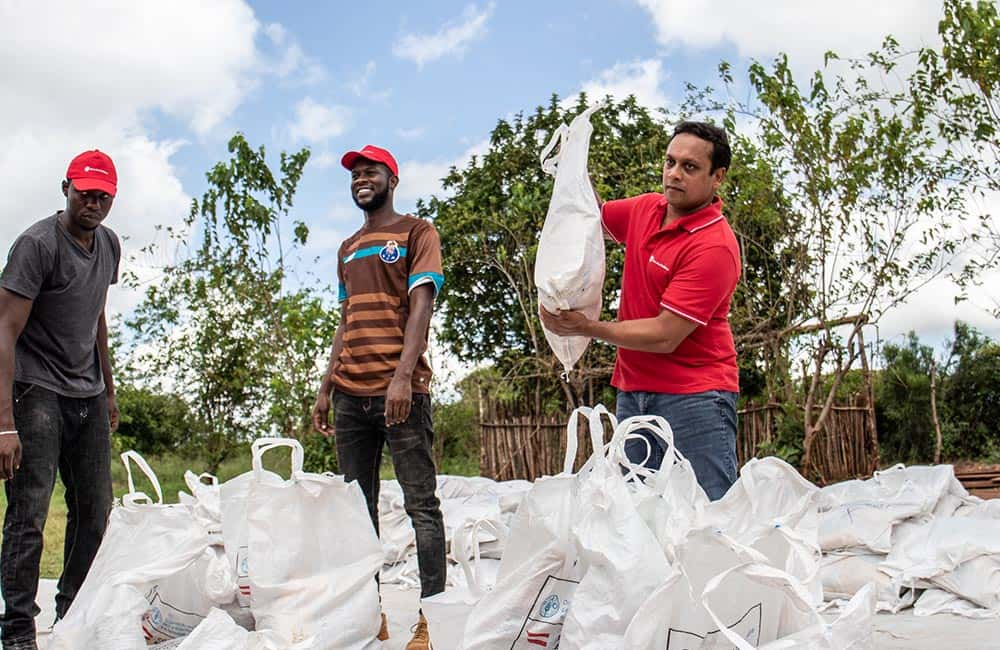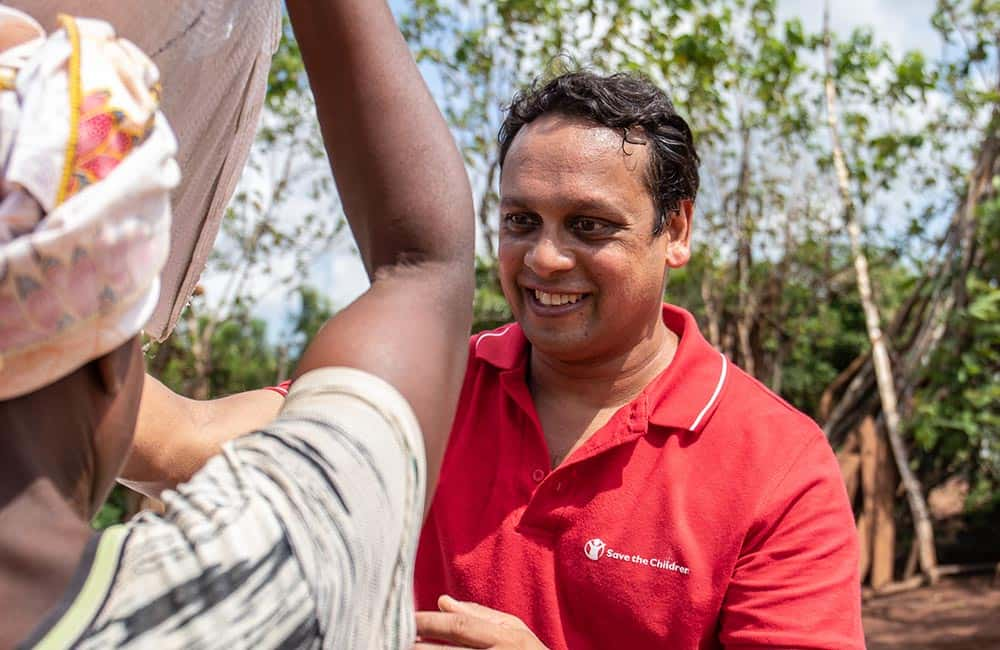Relief efforts more critical than ever for cyclone-battered Mozambique, says recently returned Aussie aid worker
Over the past month and a half, the southern African nation of Mozambique has been hit by two of the largest cyclones in its history, leaving what was already one of the world’s poorest countries, on its knees.
Helping Mozambique rebuild from this dual disaster will take a concerted joint effort and significant support from the international community, including Australia.
The combined impact of tropical cyclones Idai and Kenneth have had a significant human impact. Hundreds have lost their lives, millions have been displaced, forced to flee their homes as the cyclones and in their aftermath – floods – destroyed lives and livelihoods.
As is often the case, children have borne the brunt.

Rohan Kent, Head of Humanitarian Operations for Save the Children Australia knows this better than most, having just returned to Australia after a month in Mozambique where he helped lead the charity’s response in the aftermath of Cyclone Idai.
“Children are some of the most vulnerable during a disaster. In the early stages they are more at risk of being washed away in the floodwaters or being hit by falling trees or flying debris. After the cyclone has passed, a whole new set of risks emerge such as deadly diseases,” he said.
“Now with Cyclone Kenneth hitting the country’s north, things have gone from bad to catastrophic. While it’s too early to know the full impact of Kenneth, there are reports of wide-scale damage, homes totally flattened, massive trees ripped completely out of the ground.”
Tina, 30, lost her daughter Fatima when their home collapsed after Cyclone Kenneth.
“Yesterday morning I went to see the damage to my house with three of my children. When I arrived at home we went inside and that’s when the house collapsed. The wall fell on my children,” Tina told Save the Children’s response team.
“After the wall fell down, the first thing I did was call the neighbours and they started to remove the wall and they started shovelling the bricks and dirt to find the children. When we found the children, we took them to the hospital. Unfortunately, one of my children died. I am very sad because of what happened. My heart is hurting.”

For Mr Kent the human scale of this disaster – especially its effect on children – really hit home.
“As a father, one of the things that always stays with you in disaster settings is that you see children in very vulnerable situations. I visited a school and the principal told us that 12 children from his school were caught in the floodwaters and didn’t survive,” he said.
“They recovered the bodies and they were all buried in a grave together. The effect of this on the teachers and the fellow classmates is absolutely horrendous. I think about my kids and how they would feel if so many of their friends died.”
The cyclones’ effects will continue to be felt. The dangers they pose range from the immediate physical threat, to the resultant health risks, while schools have been destroyed and crops damaged beyond repair. Every aspect of daily life has been disrupted.
“We’ve travelled around the region and we’ve seen a lot of crop damage, swollen rivers and large swathes of land that have been washed away. There are still communities that are cut off due to damaged roads and bridges. People’s lives have been devastated,” Mr Kent said.
The recovery efforts for both disasters are largely underfunded and the complexity of this task is increased due to the different stages of humanitarian response required. Already severely limited resources have had to be diverted from Idai relief and recovery efforts to deliver immediate assistance in the aftermath of Kenneth.
“The humanitarian needs in the wake of both these cyclones are enormous. Our team is doing its very best, but resources are running low. We need donors like Australia to dig deep as this really is a matter of life and death.”
Save the Children has been responding to Cyclone Idai, providing life-saving medical care through its Emergency Health Unit, distributing food, shelter items like tents and tarpaulins, as well as mosquito nets to protect children from malaria.